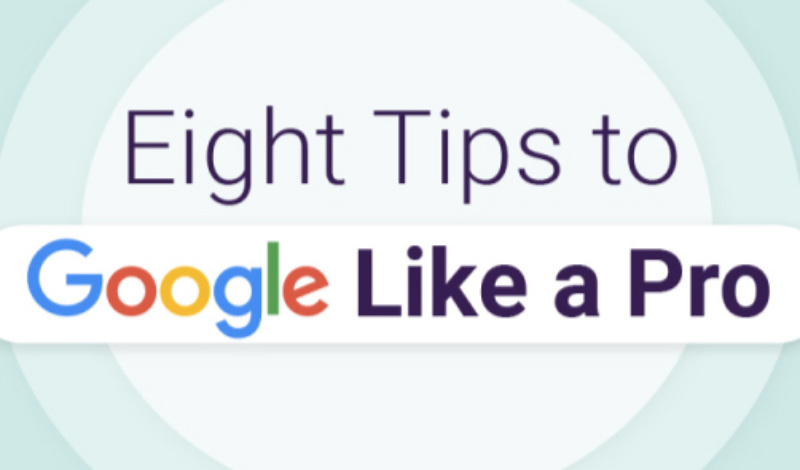
Infographic
In brief: News media bias
People across the political spectrum often feel that “the media” is biased against their beliefs and values. But what counts as bias in news? And why do so few people feel that news coverage is slanted in their favor?
This infographic provides six tips to help you think clearly about this nuanced and important topic:
- Differentiate news from opinion: News reports — also called “straight news” or “hard news” — should be as free of bias as possible. But remember that opinion columns, editorials and op-eds are not produced to be impartial. They’re supposed to express an opinion.
- Think about bias as a spectrum: It’s helpful to think about bias in news as a spectrum (more or less biased) rather than a binary (biased and unbiased).
- Ask yourself: Compared with what? When you encounter allegations of bias in news, keep these questions in mind: Biased compared with what? Can I point to an example of information that is fairer, more accurate and more impartial?
- Recognize your own biases: Our own preconceptions can cause us to misperceive elements of news coverage, make assumptions about the motivations of journalists, or diligently search for ways to dismiss coverage as “biased” if it challenges our beliefs.
- Be wary of media bias charts and rating: Bias charts and rating systems seem to provide an easy way to assess bias in news, but they often contain startling shortcomings.
- Think about bias in terms of types and forms: Break through the hyperbole and political rhetoric around the issue of bias by testing your initial perceptions. What type of bias do you think you’re seeing? And what form do you see it taking in coverage?



